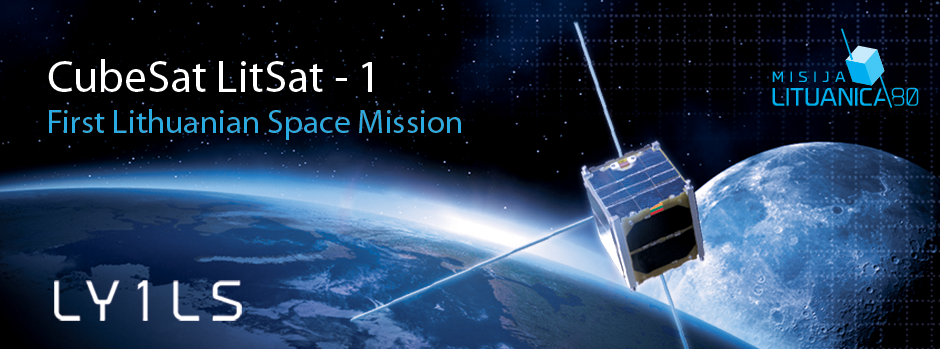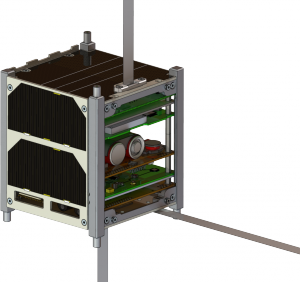- Temperature sensors
- Magnetic field sensors
- Accelerometers and gyroscopes
- Light sensors
- Energy budget monitoring and control system
- Navigational system
The purpose of the temperature sensors is to register temperature regime of the internal blocks of the satellite. Big temperature fluctuations make significant impact to the satellite LitSat-1. Temperature variations are the result of the satellite’s journey from light orbit zone to the shadow zone. The temperature sensors are implemented in these important blocks of the satellite, which are:
- Solar cells
- Main board
- Main processor
- Energy budget monitoring and control system
Besides the essential information about the temperature fluctuations, the temperature sensors in each solar cell will acquire information about the satellite orientation regarding the Sun.
Magnetic field is an invaluable treasure for the inhabitants of the Earth, as it secures us from the dangerous radiation from the space. It is important for the nano satellites as well, because passive magnetic orientation systems work only under the presence of the magnetic field. The passive magnetic orientation system is implemented in LitSat-1 satellite., where the direction of the magnetic field will be calculated from the 3-axis magnetic field sensor data. The data from the sensor will be transferred to the main processor and will be used to calculate of the satellite orientation towards the Earth.
Mechanical processes which happen in the unsteered satellite, such as the initial rotational moment and unfolding of the antennas, will determine the satellite’s rotational speed and direction. The rotational speed will be evaluated using the data from the 3-axis accelerometers and gyroscopes. The data from the sensors will be to monitor the passive magnetic orientation system performance.
The light sensors are mounted on each solar cell of the satellite. The data from the light sensors will enable to acquire more data about the solar radiation level to each solar cell. The data will be also useful both to determine the satellite’s orientation regarding the Sun and the rotational parameters.
In order to use the available energy from solar cells in the most efficient way, the energy budget monitoring and control system is implemented in the satellite LitSat-1. The system will report the energy level accumulated in batteries, the energy available from the solar cells, and the temperature regime of the voltage converters. The energy data is essential for the main processor to ensure the vital functions of the LitSat-1 satellite.
The navigational system is implemented in the satellite, which will enable LitSat-1 to acquire data about the orbital parameters.








